
1964 Dodge 330 Max Wedge Lightweight Survivor
By Dean Larson
Photos: Seller, eBay
(We don't normally feature sold cars in the Fresh Finds column, but this 1964 Dodge 330 sedan was too significant to pass up. While the car was sold on eBay last week, please enjoy the charmed history of this Max Wedge survivor car as we've recounted below.)
In this 1964 Dodge 330 sedan, I’m willing to bet that most of you see nothing more than a boxy old plain-Jane Chrysler. Surely that’s what many red-light challengers saw it as on Van Nuys Boulevard in the 1970s, until it blew their doors off that is, just as it had been doing since its original owner special ordered it in ’63. Donned with special lightweight aluminum panels up front, a push-button Torque-Flight transmission and (most importantly) a 12.5:1 compression, 425 hp 426 Max Wedge Stage III engine, this Dodge 330 sedan is one of the hottest street legal cars offered by any manufacturer in the 1960s. Furthermore, it’s one of just 23 Max Wedge-powered factory lightweight 330 sedans built that year to dominate super stock drag racing. But unlike most any other factory lightweight Dodge out there, this car was used as a street machine since day one.
Super stock drag racing was heating up in the early 1960s, and Chrysler was pulling out all the stops to stay out front. The new B-body intermediate platform that debuted in 1962 was considerably smaller than the competition (an interesting story in its own right), and offered a small weight advantage when compared to larger Pontiacs and Fords. Chrysler had also been perfecting their wedge-chambered V8 engines, a remarkable chapter in performance when compared to the Hemi-head engines that preceded and followed them. Chrysler’s hottest V8 before the days of the Gen II Hemi was by far the 425 hp, 426 ci Max Wedge Stage III, as found in this 1964 Dodge 330 sedan.
Instead of the domed combustion chamber used in the Hemi, Chrysler’s RB engines used a more conventional wedge-shaped chamber. This design was much easier to produce, and mounted the spark plugs on the outside of the cylinder head (as opposed to the Hemi’s center-mounted plug). While the design doesn’t quite match the Hemi’s inherent combustion characteristics or accommodate as large of valves, Chrysler’s engineers applied cutting-edge airflow technology to work to optimize the wedge chamber, as perfected in the Stage III Max Wedge.
The Stage III formula started with stress-tested 426 Wedge blocks with enhanced oiling and 12.5:1 compression. The Wedge cylinder heads were reworked to flow even more air, and came with larger valves that required special notching on the cylinder bores. Of course a special camshaft was cast to make the most of the new heads, along with huge upswept exhaust manifolds. While the cross-ram style intake with dual quads wasn’t quite as dramatic as some of Chrysler’s earlier designs, the short-ram made big power over 4,000 rpm, all while fitting under the standard B-body hood. Advertised output was 425 hp and 480 lb-ft, which was probably underreported, and it’s common knowledge that a good 426 Max Wedge could hold its own against the Hemi on a good day.
But with Swiss-cheese frames and lightweight glass being standard fare from the competition in the early ’60s, it would take more than just a hot power plant to win races. Chrysler had a few tricks of its own though, and had been making extensive use of aluminum body panels since 1963, and if optioned with the aluminum package, buyers got thin-gauge aluminum front fenders, an aluminum hood with scoop and aluminum bumpers and brackets.
With 12.5:1 compression and zero creature comforts as standard, it wasn’t your average weekend warrior that purchased a Stage III 426, it was the guy who wanted to win races — and that’s exactly what these mighty Mopars did. Even with a limited time in the spotlight given the 426 Hemi’s introduction in 1964, the Stage III Max Wedge reasserted Dodge’s dominance in Super Stock racing at race tracks throughout America. But the original owner of this Stage III ’64 didn’t buy this car for the drag strip, it was instead “unsupervised acceleration trials” that he had in mind.
Optioned out with a heater, a padded dash and sedate black steelies and hubcaps, this Mopar began its charmed life when it arrived at Mr. Norm’s Grand Spaulding Dodge in Chicago. From there, its owner swept the streets clean as a true sleeper, and he even went as far as to trade away the factory aluminum hood for a plain steel one to be rid of the scoop — the only glaring clue to the car’s performance penchant. Per the seller, the car remained in Illinois until the early ’80s, when the second owner brought it to Los Angeles, allegedly taking names regularly on Van Nuys Boulevard. The seller was able to purchase the car in its unrestored, 31,000-mile state in 2008.
In the interest of clarity, there are a few elements that aren’t 100 percent correct on this car, starting with the driveline. Not surprising for a car that lived life between stoplights, the original driveline is long gone. In its place sits a 440-based Max Wedge clone and a 1965+ rear end and transmission. Aside from that, the battery has been moved back to the engine bay, and the aluminum bumper brackets are not currently on the car, making us question how much of that original setup is present. But with certifications from Galen Govier, Darrell Davis and other top names, we don’t have any serious doubts about this car’s pedigree.
Given this car’s rarity and survivor status, it comes as no surprise that it was plucked from eBay last week for the sum of $55,555. Correcting this cars few faults should actually be pretty easy, as the parts can be found if you have deep pockets, which would make this car among the nicest Max Wedge survivors out there.
See the closed auction for this Dodge 330 sedan here on eBay.

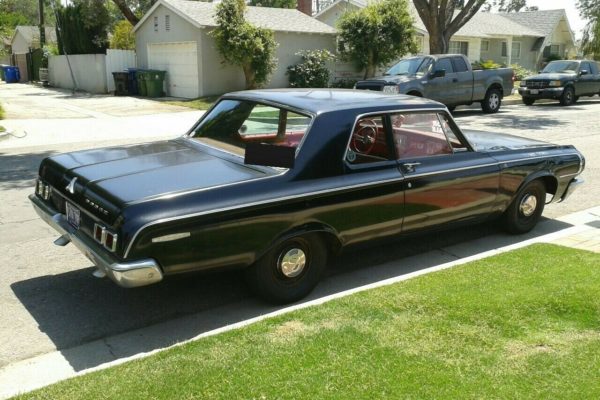
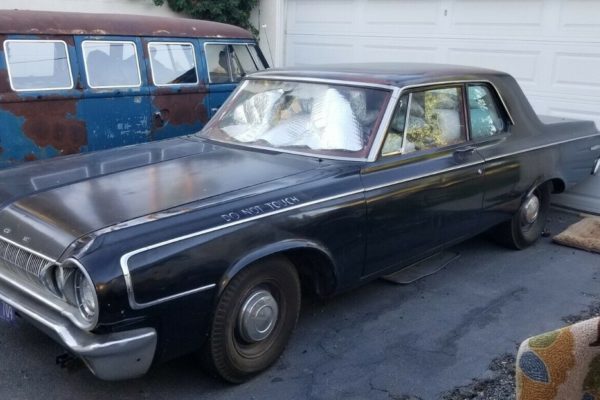
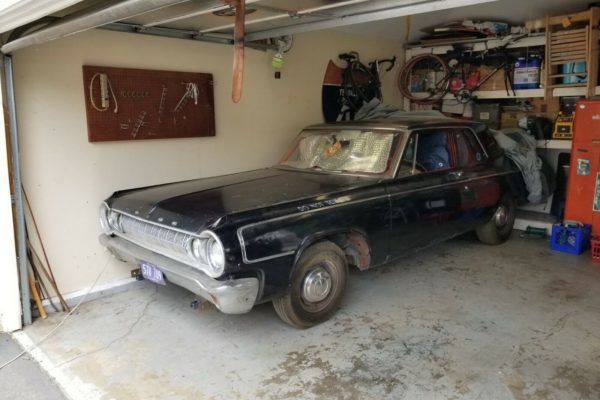
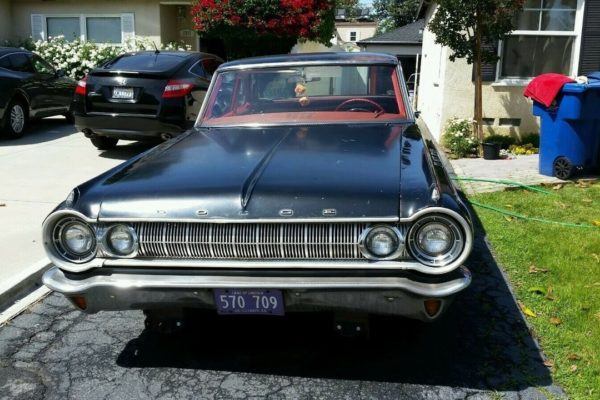
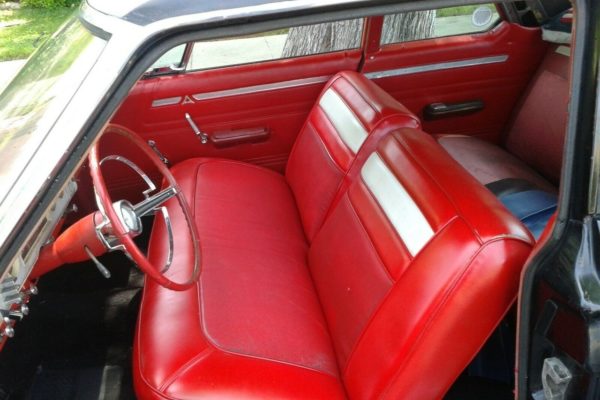
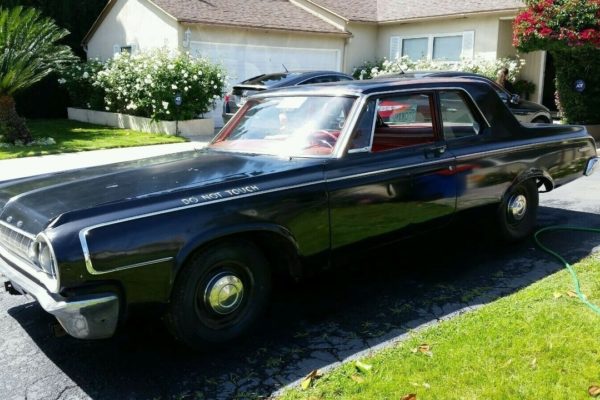
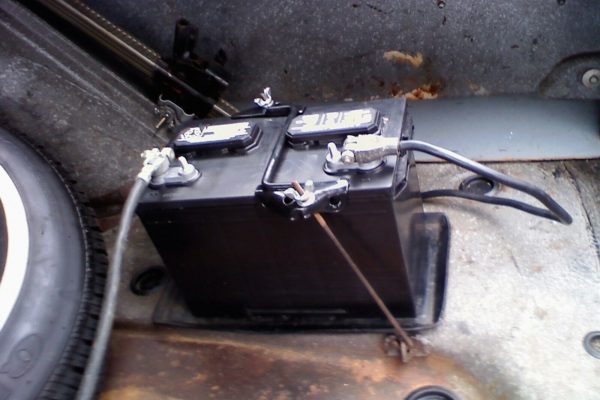
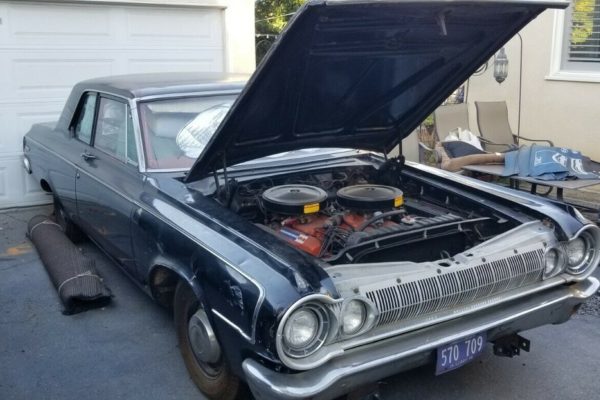
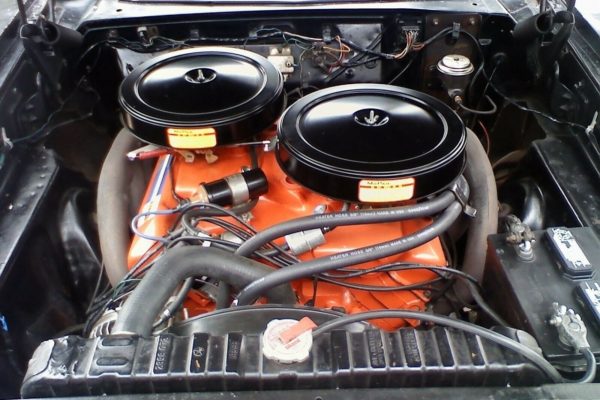
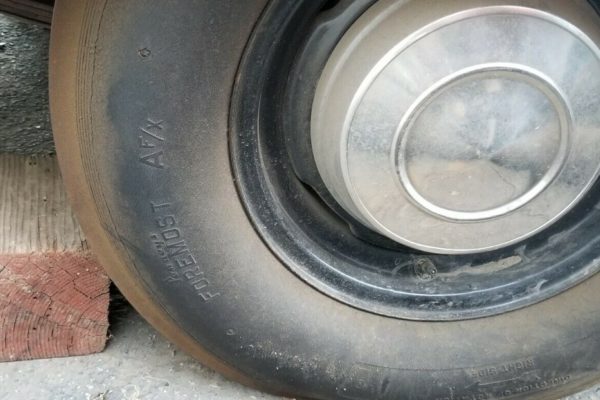
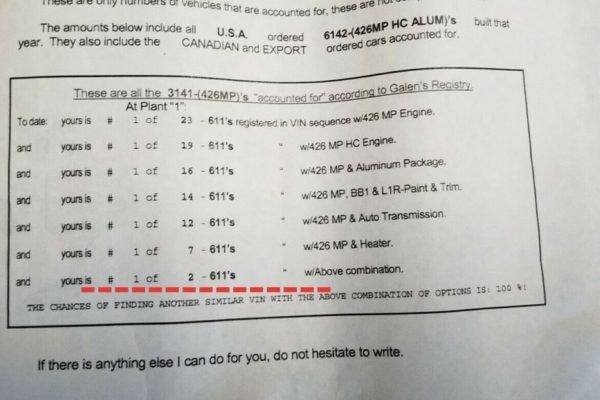
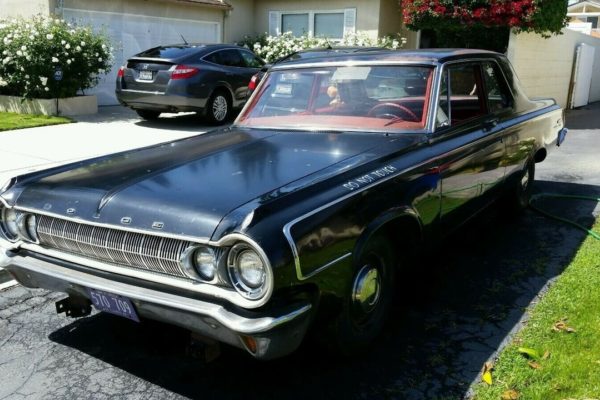
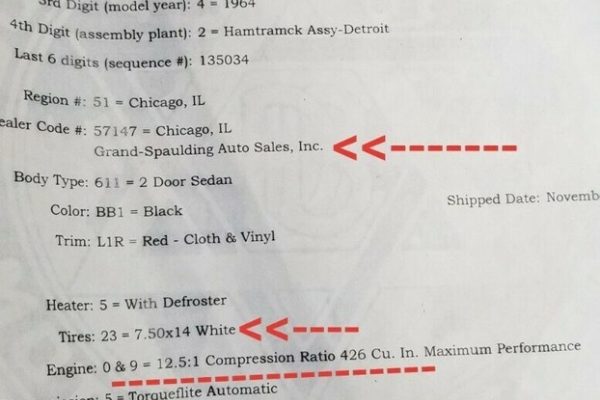
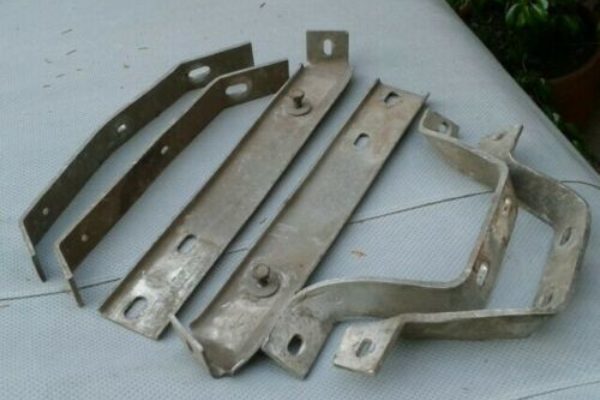
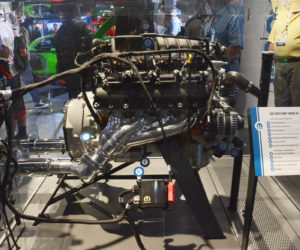
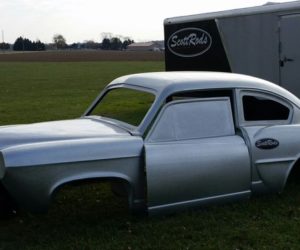
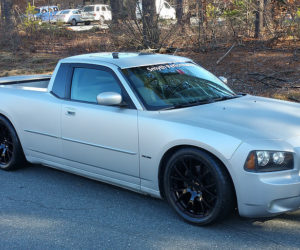
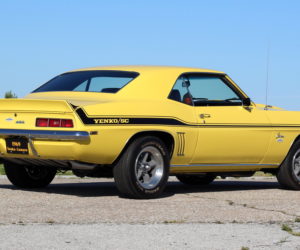
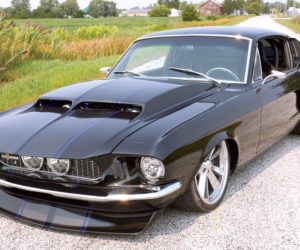




Comments for: 1964 Dodge 330 Max Wedge Lightweight Survivor
comments powered by Disqus